We recently connected with Sam Small and have shared our conversation below.
Alright, Sam thanks for taking the time to share your stories and insights with us today. How did you learn to do what you do? Knowing what you know now, what could you have done to speed up your learning process? What skills do you think were most essential? What obstacles stood in the way of learning more?
I first learned how to use a pottery wheel during a semester-long class in high school. I can’t say I was good at it, but I absolutely fell in love with the craft. About 5 years later, I was working full-time and living in San Francisco, and I decided to take a six-week pottery course at a community studio. I fell in love with pottery all over again, and I haven’t been able to get enough of it since!
I would visit the studio a few days a week to practice and create, but it would have been nice to be able to practice a bit more consistently on a daily basis. Still, slowly but surly, I was able to get more and more comfortable learning new concepts. Ultimately, learning in a community studio environment was extremely beneficial because I was able to observe other artists and absorb the inspiration all around me. My only obstacle in my way was that there weren’t enough hours in the day to do all that I wanted to do!
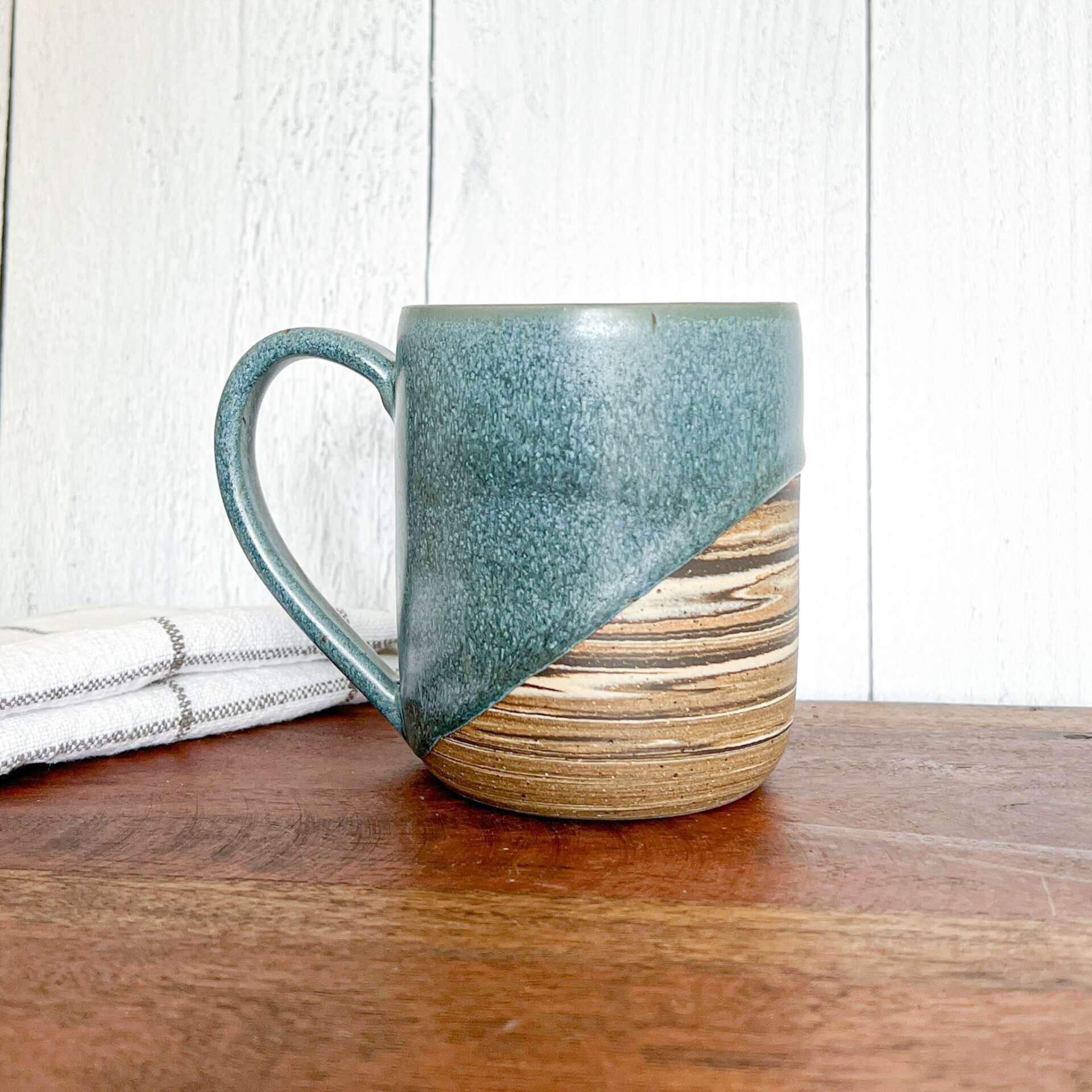
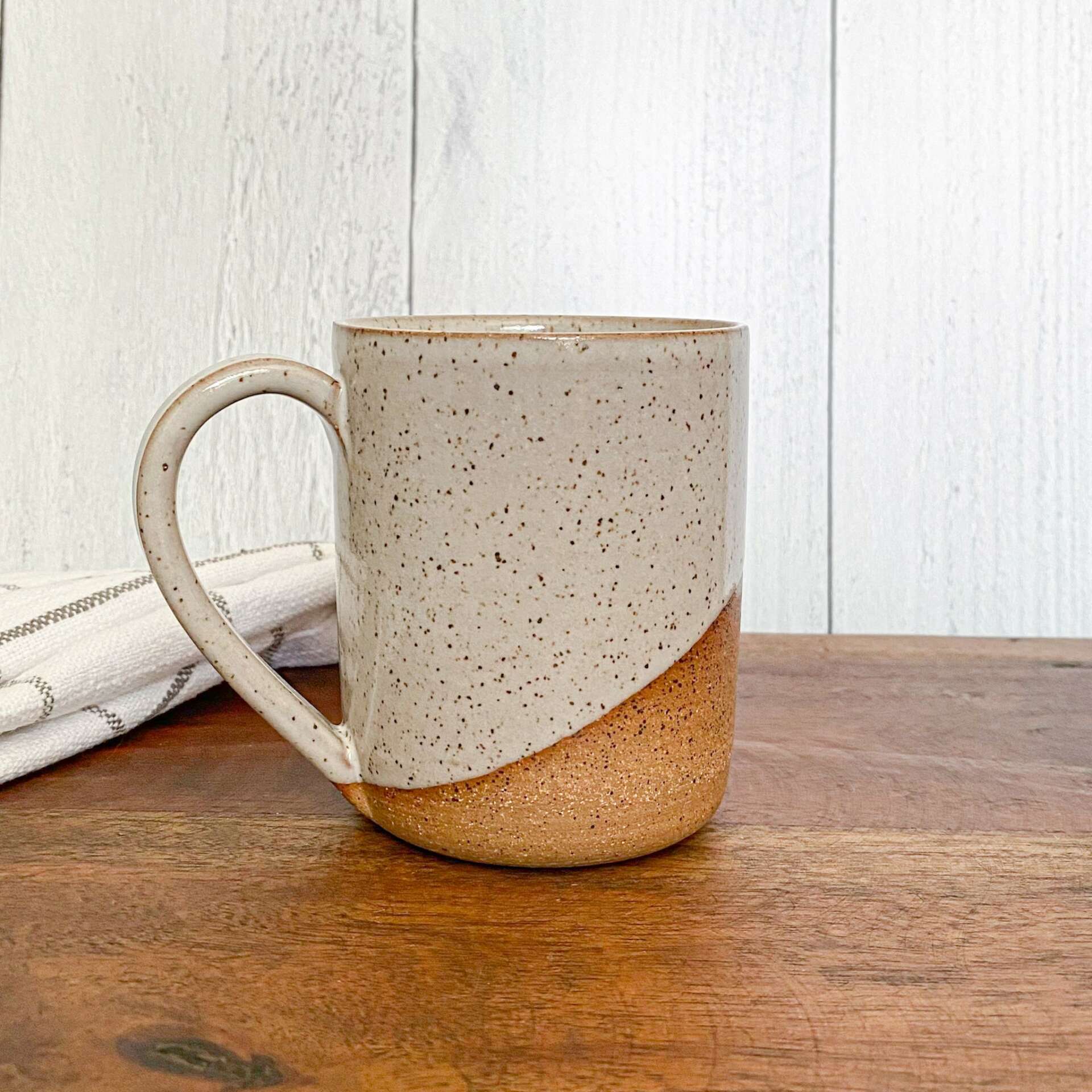
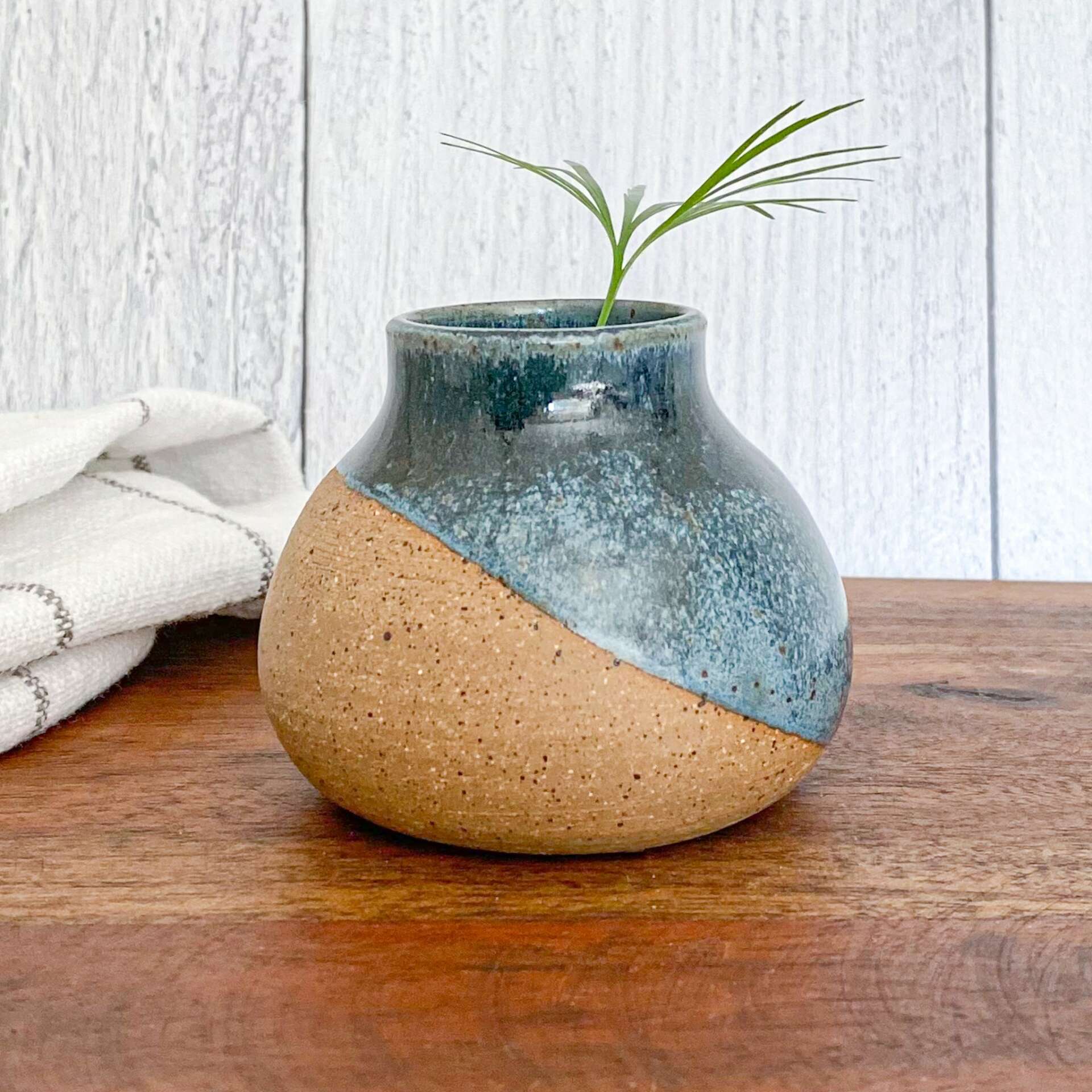
Great, appreciate you sharing that with us. Before we ask you to share more of your insights, can you take a moment to introduce yourself and how you got to where you are today to our readers
My business, Small Things Pottery, was born out of necessity – I didn’t have enough room in my small studio apartment to store all of the cups and mugs I was enjoying making at the pottery studio! Pottery is a pretty expensive hobby, so I also wanted to try and balance out some of those costs. What I didn’t expect was the incredible amount of joy and fulfillment I’d gain from sharing my art with others. I started by selling to friends and family, but my business really blossomed when I created my Etsy page and was able to connect with people all over the world.
Through my small business I create functional, handmade pieces with simple designs. I love to highlight the features of a bare, speckled clay in contrast with a neutral glaze like soft white or slate blue. Staples that are often in stock include mugs, tumblers, planters, trinket dishes, ring cones, and spoon rests.
I’m most proud of the versatility of my products. I aim to create pots that can fit into many different styles of homes, and can be used and loved daily!
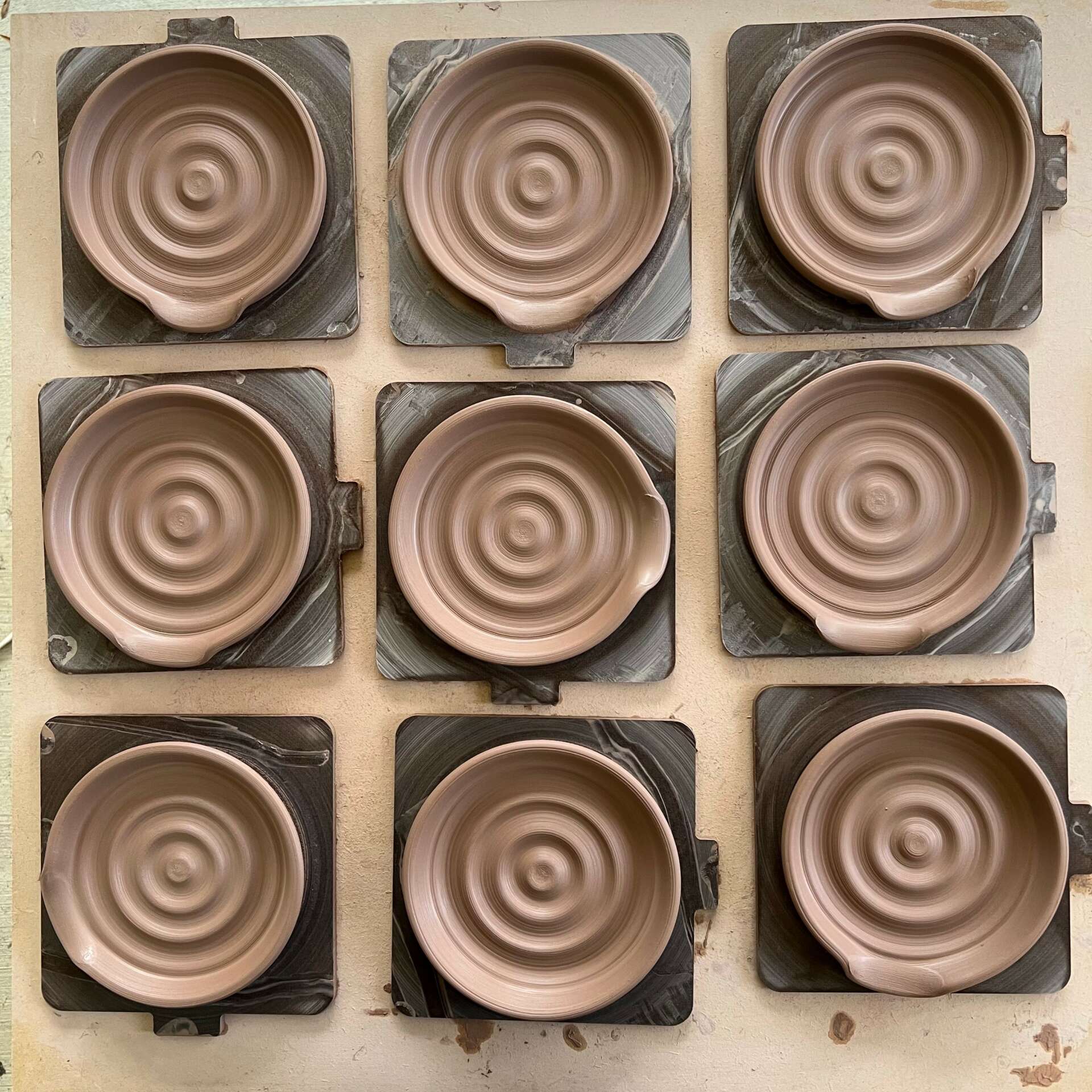
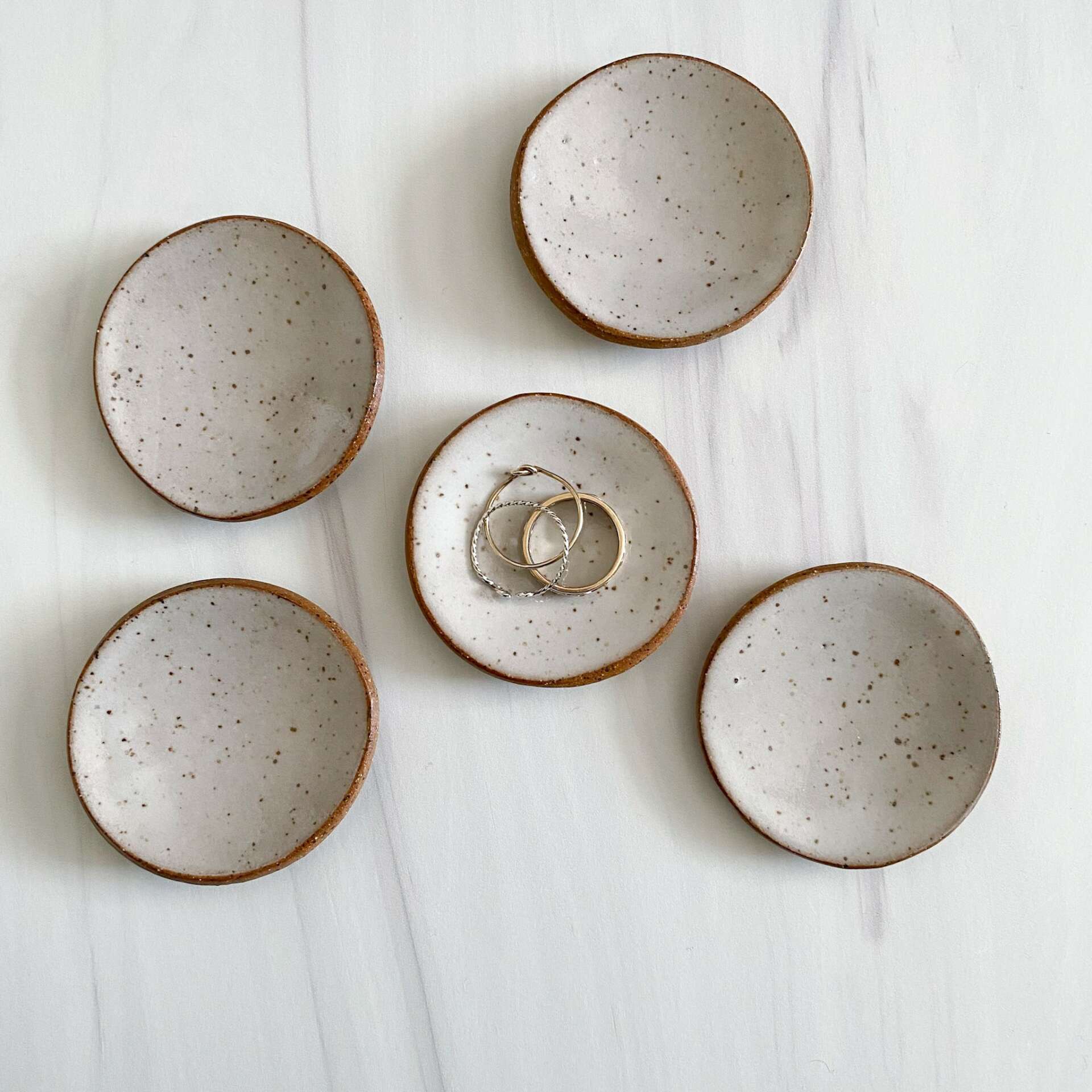

What do you find most rewarding about being a creative?
The most rewarding aspect of being an artist is being able to create something from start to finish. There are so many different stages in the pottery process – from the initial molding of a wet piece of clay, to trimming and defining the piece, then the bisque fire, the glazing process, and a final glaze fire. A single mug takes several weeks to make, and I love knowing that I’ve put my all into the items that are being enjoyed by my customers.
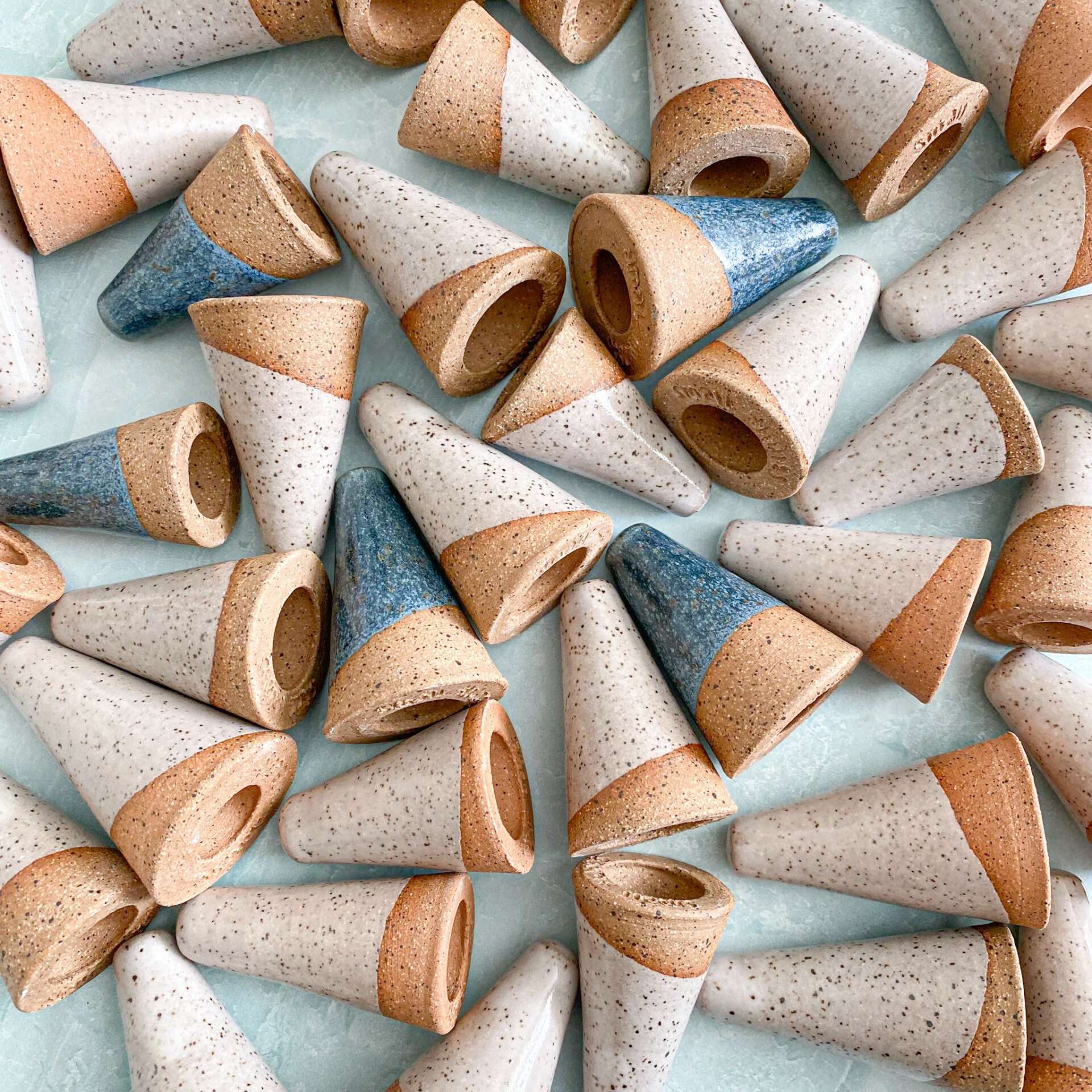

How can we best help foster a strong, supportive environment for artists and creatives?
The best way that we can help artists thrive is to fully support them, however you can! Shopping handmade is the most impactful way, but there are other ways to support artists as well. Sharing their content, leaving reviews for purchases, and even just commenting words of encouragement can help give someone that extra boost to keep going. Words cannot describe how full my heart is every single time this happens to me!
Contact Info:
- Website: http://www.smallthingspottery.com/
- Instagram: https://www.instagram.com/smallthingspottery/


